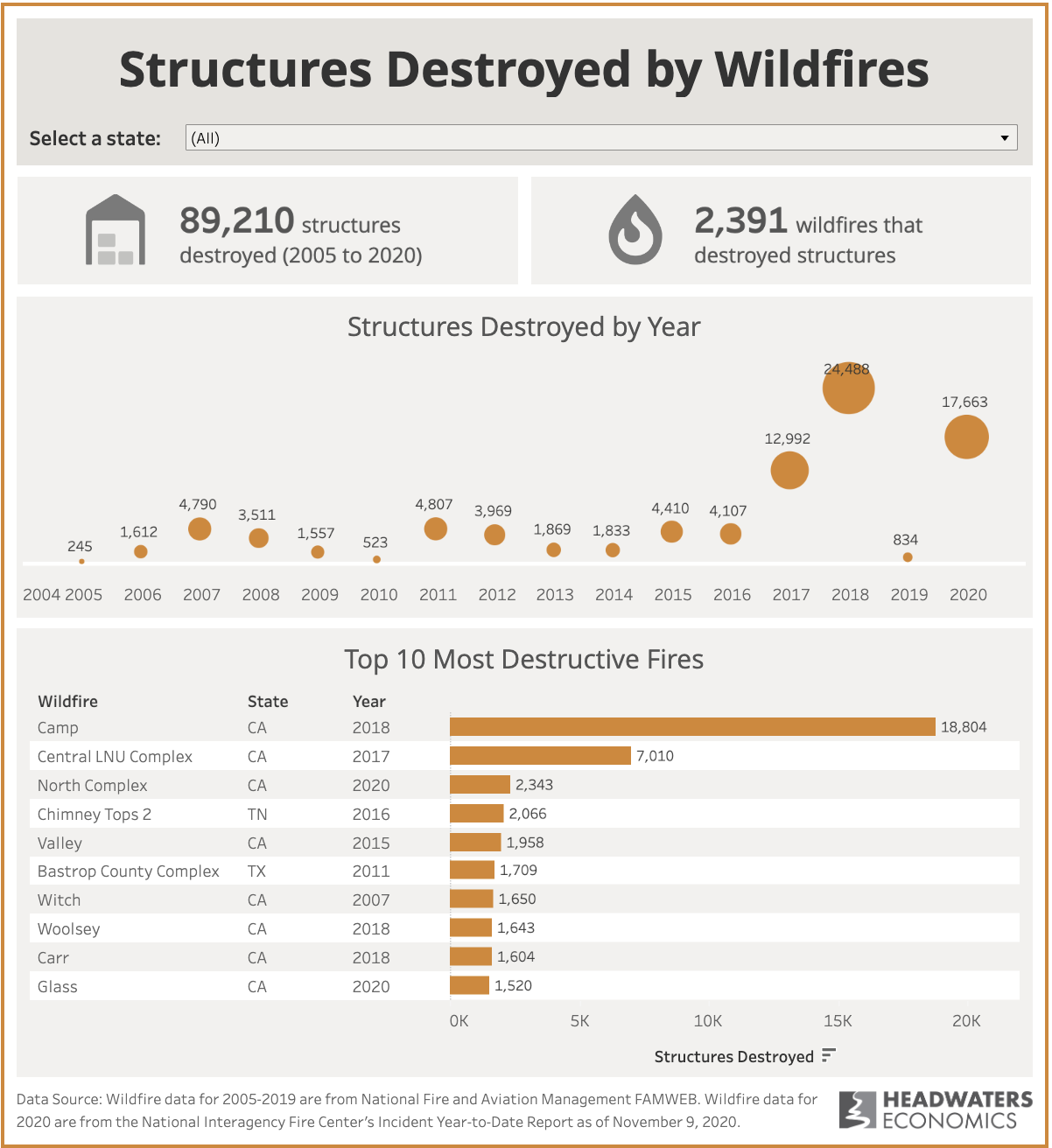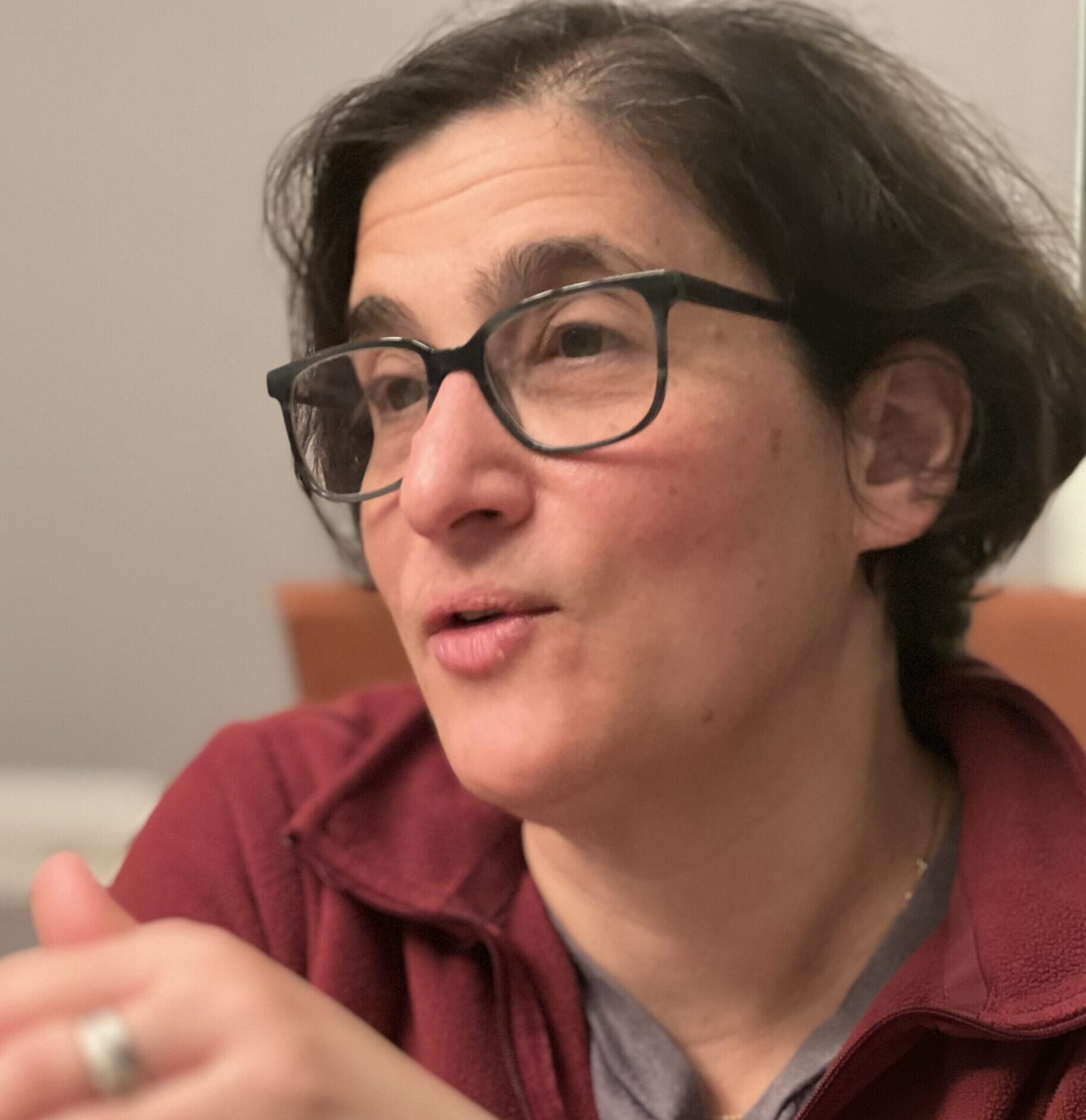Burning Questions: Wildfire Policy with Erica Goldman
Americans now get all-too-regular reminders of the dangers posed by wildfires: just this week California’s McKinney Fire provided a tragic example.
All would agree that limiting the risks posed to lives and property from wildfires is critical – but what are the best ways to do that? Erica Goldman and her science policy team at FAS are working hard to ensure that science has a key role in shaping a “whole-of-government” framework for wildland fire policy. We spoke to her about where things stand, and why this year could be a turning point for how government agencies and leaders take on this problem…
FAS: It certainly seems like wildfires and fears about what wildfires can do are in the national consciousness more than ever, but you’re actually working with policymakers and experts studying these problems. So how big is the problem?
Erica Goldman: It’s important to look back specifically at the past 5 or 6 years. We have seen an average of 8 million acres burned each year, which is double the average from 1987 to 1991, and if you look at the number of structures destroyed by fire in recent years, it’s even clearer that the wildfire regime has changed. We’re seeing more uncontrolled wildfires, bigger wildfires. They’re going through populated areas, and we’re seeing more people at risk and more property at risk. Climate change is clearly having an impact on the wildfire regime and things are getting more dangerous and more complex.

National Fire and Aviation Management FAMWEB, presented by Headwater Economics.
What groups and agencies are working on these issues – and what’s different about this particular moment?
EG: The constellation of state, local, nonprofit, and federal bodies that deal with wildfires is almost too large to comprehend. But there is a lot of momentum within the government – in this case, at the federal level – to address challenges associated with uncontrolled wildfire, while optimizing “beneficial fire” on ecosystems.. There are currently three different federal interagency groups working on this issue: the Wildland Fire Leadership Council (WFLC), the White House Interagency Working Group (IWG), and the Wildland Fire Mitigation and Management Commission. It’s that last one, the Commission, that is likely to be a “fast moving train,” because it was created by Congress and has a deadline to do its work – its statute says it has to deliver recommendations to Congress in the next 12 months.
So that commission will be looking closely at many different aspects of wildfire science and land management over the next year, and then delivering some ideas to lawmakers. But Congress has already passed many wildfire related laws, right?
EG: Congress has been pretty active in this space over the past several years. Wildfire is a close-to-home issue for constituents in many of the western states, so I think we’ve seen a lot of legislative attempts to address aspects of wildfire. There have been several bills focused on science, and there are other bills focused on supporting the firefighting workforce. So Congress ultimately has a big role to play. But one of the missing ingredients right now is how to approach this in a holistic way in a legislative sense. I think there have been over 35 bills introduced just in the past year, but, in my opinion, we haven’t yet seen a comprehensive approach to solving this problem.
There also seem to be some new voices being brought into the search for wildfire solutions. What do these different groups bring to the table?
EG: We have a lot to learn by understanding and listening to and observing how Indigenous people who’ve lived on this land for centuries have managed fire. In particular with respect to prescribed burns – there is growing evidence that Indigenous practices have successfully managed to avoid prescribed burns turning into uncontrolled megafires. So it feels like there’s a real opportunity to not just learn from the practices but incorporate Indigenous decision-makers and knowledge holders into the policy development process.
You’ve also highlighted more involvement from the tech sector – which makes a lot of sense.
EG: Yes – we have a lot of existing capabilities with satellites in orbit to use that technology for early detection of wildfire. We’re also seeing the growth of tech sector efforts around drone capabilities for wildfire detection. It’s an emerging focus: how can tech innovation help, especially on the early detection and suppression side of things. But we are also still figuring out how technological innovation integrates with the way the federal government does its business when it comes to fire management.
One of the ways FAS works is by making sure policymakers have access to the best scientific experts and research. What do you see as the challenge over the next year when it comes to putting science at the forefront of these talks?
EG: I see a gap in the narrative right now: We know that living with fire is critical, and that if we can’t burn the landscape, we’re going to put ourselves at even greater risk for catastrophic megafires. However, the science community is not adequately communicating how prescribed and managed fires fit within our heating world in a way that policy makers can use. The result of that is for policy lean toward blanket moratoria on prescribed fire. The science community agrees that we must include climate change in the way we think about policy, but they’re not getting granular on how to do that. I’ve seen a few ideas suggesting creative solutions such as geospatial mapping of dynamic burnings – this would help communities and land managers make targeted decisions like, ‘Burn now, it’s going to rain – don’t burn now because it’s getting dry.’ The key is getting the science community to serve that up in a way that’s useful to policymakers. You need to speak in a way that policymakers can understand, and actually think about not just about the phenomenon of climate change, but how to offer some solutions for managing the land in spite of it.
FAS also has an Impact Fellow working on wildfire solutions at USDA:

Jenna Knobloch serves as Wildfire Resilience Impact Fellow at the Office of Natural and Environment. Jenna is the most senior expert on wildfire resilience at the USDA, providing policy guidance on megafire suppression, mitigation, and community-based solutions. She has advised senior officials within the Biden Administration on implementation steps for the Executive Order to strengthen the nation’s old-growth forests, and researching the key role these forests play in sustaining ecosystems.
This year’s Red Sky Summit was an opportunity to further consider what the role of fire tech can and should be – and how public policy can support its development, scaling, and application.
Promising examples of progress are emerging from the Boston metropolitan area that show the power of partnership between researchers, government officials, practitioners, and community-based organizations.
FAS supports the bipartisan Regional Leadership in Wildland Fire Research Act under review in the House, just as we supported the earlier Senate version. Rep. David Min (D-CA) and Rep. Gabe Evans (R-CO) are leading the bill.
The current wildfire management system is inadequate in the face of increasingly severe and damaging wildfires. Change is urgently needed
